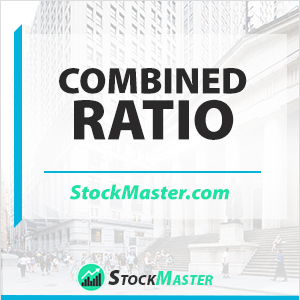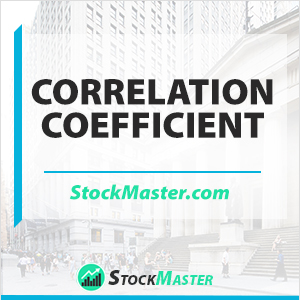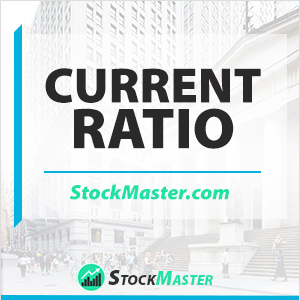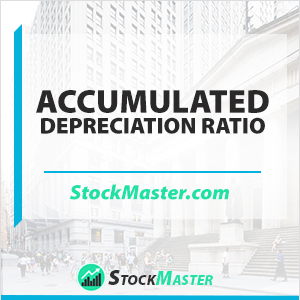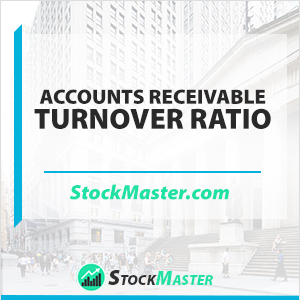What is the Combined Ratio? Definition: The combined ratio is a measure that insurance providers use to determine their profitability. Insurance companies collect premiums and these have to be more than the losses they have to pay and expenses for the company to be profitable. It is a profitability metric that is used to assess
Category: Finance
Contribution Margin
What is Contribution Margin? Definition: The contribution margin is an accounting measurement that calculates the variance between the selling price of the products and the variable cost involved in the production of the product. It is also called the dollar contribution per unit and is stated on a per-unit or gross basis. It is simply
Correlation Coefficient
What is Correlation Coefficient? Definition: Correlation coefficient is a measure that calculation the degree that two variables are associated or correlated. Likewise, the measure is used to determine the linear and nonlinear relationship of two variables. The measure’s values range from -1.0 to 1 and often denoted as r. Understanding Correlation coefficient A correlation (r)
Cost of Goods Sold (COGS)
What Is Cost of Goods Sold? Definition: The cost of goods sold (COGS) is an accounting measurement of the costs incurred during a period to produce a good or service that has already been sold. The costs, in this case, include things such as cost of materials, labor as well as indirect expenses and sales
Current Ratio
What is Current Ratio? Definition: Current ratio is a financial metric that measures the financial health of a firm. The metric ascertains the ability of a firm to meet its short term financial obligations, which includes short term debts. Likewise, the metric indicates a company’s ability to use its current assets to meet obligations like
Days Sales in Inventory
What is Days Sales in Inventory? Definition: Days sales in inventory which is also referred to as days in inventory or days inventory outstanding is usually the period a company will take to convert its inventory into sales. A company’s total inventory includes the sum of progress payments, finished products as well as those in
Days Sales Outstanding
What is Days Sales Outstanding? Definition: Sales outstanding is the amount of time that a company will take to collect payments from creditors after making a sale. Usually, this figure is determined on an annual, quarterly or monthly basis depending on the period that the company considers important. Days sales outstanding are also referred to
Days Payable Outstanding (DPO)
What is Days Payable Outstanding? Definition: Days payable outstanding (DPO) is a financial metric that measures the average amount of time a company requires to pay its credit invoices. The metric measures how effective a firm is at managing its accounts payable. For instance, a DPO of 15 indicates it takes approximately 15 days for
Accumulated Depreciation Ratio
What is the Accumulated Depreciation Ratio? Definition: The accumulated depreciation ratio is a financial metric that measures the value and usefulness of fixed assets before they become obsolete. Specifically, the ratio is computed for fixed assets that still appear on a company’s balance sheet. This ratio informs the management regarding the percentage of used up
Accounts Receivable Turnover Ratio
What is the Accounts Receivable Turnover Ratio? Definition: The accounts receivable turnover ratio is an accounting measure that quantifies how effective a company is, at collecting receivables from clients. This ratio tells stakeholders how quickly a business can convert credit extended to customers into cash. Also known as debtor’s turnover ratio, the accounting metric displays

